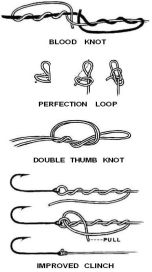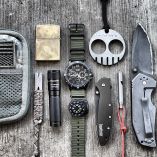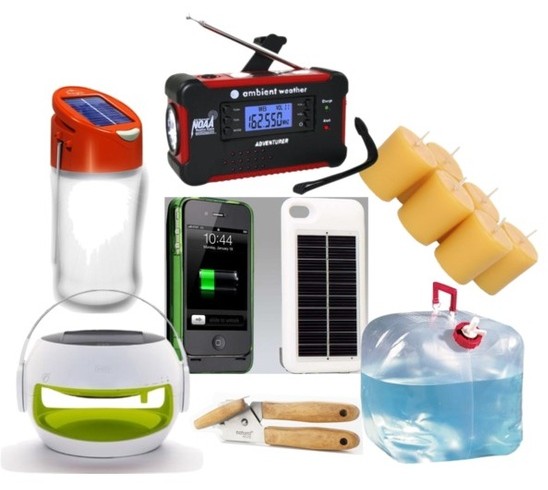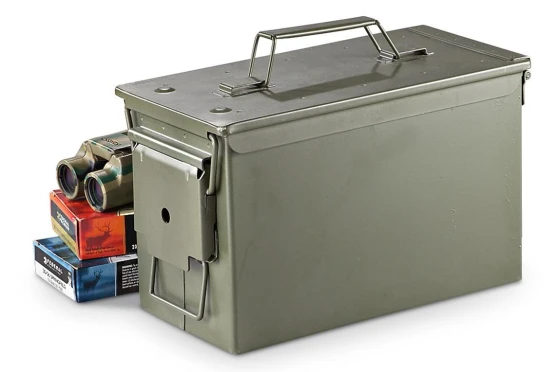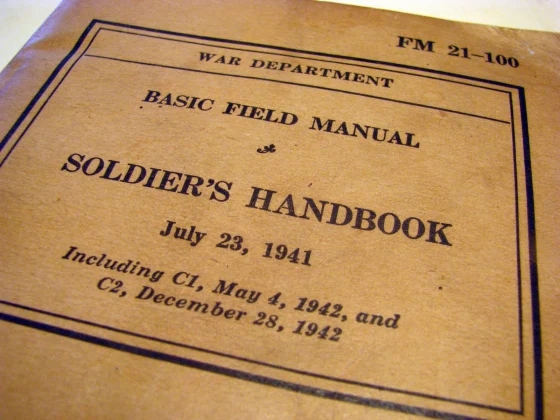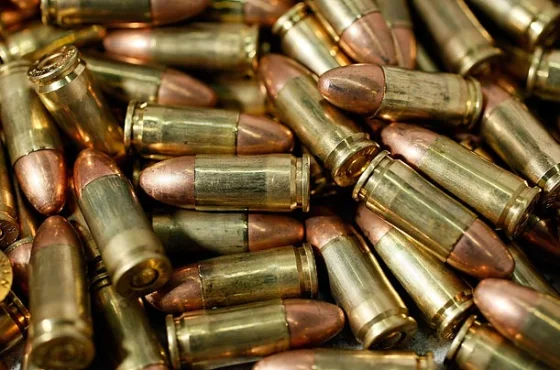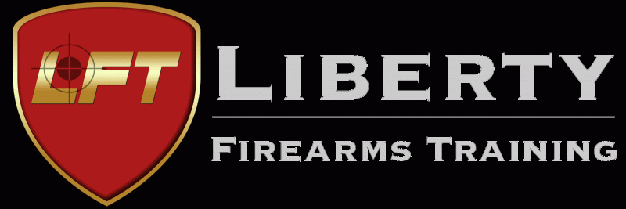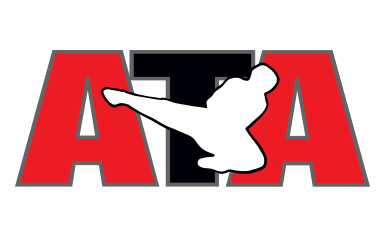“I want to be able to weather any common event, storm, power outage, robbery with no problem at all.
Conveniently, if the end of the world as we know it comes then I get to avoid the inevitable shootouts at WalMart.”
– Survivalism explained to “non-prepared” friends –
Contents:
Survival Attitude
Survival Kits
Wilderness Survival
Wilderness Survival Resources
Urban Survival
Winter Survival
Campfire Building
Water In The Wilderness
- Water in the Wilderness
- Sawyer Water Filter
- Berkey Water Filter
- Katadyn Water Filter
- Life Straw
- Solar Still
Food In The Wilderness
Knot Tieing
Poncho & Tarp Shelters
Wilderness Shelters
Signaling For Help
- Wilderness Survival Resources
- Wilderness Survival Kits
- Fire Building
- Water in the Wilderness
- Food in the Wilderness
- Poncho & Tarp Shelters
- Wilderness Shelters
- Winter Survival
- Signaling For Help
Survival Attitude:
back to top
Personal Survival Kit (PSK) Altoids Tin:
When Glorious Leader Obama blabbed that the US Navy’s Seal Team Six killed UBL there were countless newspaper and magazine articles about the mysterious men and their gear. Whether any of it was factual or conjecture is irrelevant as there were some pretty good ideas that can be applied to civilian prepping. An article in USA Today showed a photo of a Navy commando and described their gear. The article suggested that regardless of the mission and whatever mission specific gear and weapons they carry, they always carry a very basic survival kit in one of their pants cargo pockets and a blowout kit or first-aid kit in the other cargo pocket. The logic is that if they lose all of their other gear, deplete all of their ammo and ditch their gear to lighten the load while they are on the run, or have to lose their gear to blend into the local populous while they attempted to E&E (escape & evade) that they would still have the means to survive, and to patch up any extra holes that they acquired on the mission. Included in the pocket survival kit was a means of illumination, a way to make fire, and enough of the local currency to bribe their way out of trouble.
The USA Today article really got me thinking. The Seal philosophy can be applied for civilians that enjoy the outdoors. Examples: You are on a hiking/camping trip/hunting. Of course you carry a ton of gear in your backpack and have everything that you need setup at camp. Maybe you have trouble finding your way back to camp in the dark after climbing down out of your tree stand (been there, done that). Maybe you stayed too late looking at that spectacular water fall and aren’t going to make it back to camp before dark falls (been there, done that too). What if you are going out trail riding on your dirt bike or 4-wheeler for just a couple of hours. You break down, get a flat tire, or you get lost before it gets dark and you realize that you are going to have to spend the night in the woods. Having a compact, easy to carry survival kit in your pocket can really make the difference between a major inconvenience and a total catastrophe.
I started researching pocket-size personal survival kits (PSK) on the internet. I found lots of articles and YouTube videos featuring pocket-size kits made out of old Altoids candy tins.  Below are a few of the videos that I found. Some of the kits are pretty elaborate and I am very surprised at how much micro-sized gear that is crammed inside. I think that some of it might be a little overkill. In my pack I have enough gadgets to keep me fat, dumb, and happy for an unintentional extended stay in the great outdoors. My philosophy with a PSK is that it needs to be compact and small enough that there won’t be any reason that it won’t be in your pocket at all times (like a good old pocket revolver). Its purpose is to keep you alive should you lose or be separated from all of your gear and need to stay out in the woods for a night. If I know that there is a good possibility that there might be trouble then I carry a more substantial firearm, but otherwise I always have a pocket pistol in my pants or jacket pocket. There isn’t an excuse for not having some type of firearm on you at all times (well…most all of the time). Likewise, if I expect to get lost then I’ll have a more substantial survival kit on me, but otherwise I can just carry a small compact kit just in case. If it is small and compact then there is not an excuse to have it on all of the time.
Below are a few of the videos that I found. Some of the kits are pretty elaborate and I am very surprised at how much micro-sized gear that is crammed inside. I think that some of it might be a little overkill. In my pack I have enough gadgets to keep me fat, dumb, and happy for an unintentional extended stay in the great outdoors. My philosophy with a PSK is that it needs to be compact and small enough that there won’t be any reason that it won’t be in your pocket at all times (like a good old pocket revolver). Its purpose is to keep you alive should you lose or be separated from all of your gear and need to stay out in the woods for a night. If I know that there is a good possibility that there might be trouble then I carry a more substantial firearm, but otherwise I always have a pocket pistol in my pants or jacket pocket. There isn’t an excuse for not having some type of firearm on you at all times (well…most all of the time). Likewise, if I expect to get lost then I’ll have a more substantial survival kit on me, but otherwise I can just carry a small compact kit just in case. If it is small and compact then there is not an excuse to have it on all of the time.
What to carry? Some of the kits in the videos are pretty elaborate. Mine is simple. I want a way to be able to see when it gets dark, a way to start a fire, and a way to call out for help. In mine I have a small Streamlight brand LED light that runs on a single AAA battery, a Bic mini lighter, a small whistle, a couple of Band-Aids, and a folded up piece of aluminum foil. All of the contents fit into a small size Zip-Lock plastic bag intended for arts and crafts (like you see drug dealers carry their drugs in on the TV show Cops). The bags can be found in the arts and crafts section of Wal-Mart. They will keep the contents (especially the lighter) dry should you take an unintentional dip in a creek or get rained on. The kit is held closed by several “Ranger bands” that are discussed in one of my other blogs. Ranger bands are simply made from a bicycle tube (mountain bike size tubes work best) cut into one inch bands. They are basically thick, heavy-duty rubber bands. They are great for starting a campfire in a survival situation. Even soaking wet a one inch wide band will burn for an average of two minutes (yes…I actually have timed a couple of burns).
If you are tailoring your PSK for more of an urban environment you might include coins for vending machines or pay phones (I can’t remember the last time I saw a pay phone), and some “get home” money for a taxi or to buy food.
However you design it, and what ever container you use, your PSK should be compact enough that you won’t ever be out in the wild without it in your pocket, and contain enough items to keep you alive for a night. Keep it light and simple or you won’t carry it. A simple kit in your pocket is better than an elaborate kit back at camp or back at home when you need it.
back to top
Wilderness Survival:
Wilderness Survival Resources:
- US Army Survival Manual
- SurvivalistsBoards.com’s Survival Isnt Just About Stockpiling Post
- Every Citizen A Soldier / Gear and Supplies
- Army Ranger Handbook PDF
- Comprehensive Guide to Wilderness & Travel Medicine PDF
Back Country Bug-Out!
Wilderness Survival Kits:
Wilderness Survival Kit Checklist:
- Headlight or small flashlight
- Lighter / fire starter
- Knife
- Fishing kit (hooks, line, sinkers, bobbers)
- Signal mirror
- Compass
- Whistle-compass
- Foil pack
- Glow sticks
- Alcohol wipes
- Band-Aids
back to top
Urban Survival:
Hobo Communications:
Urban Survival Kit (USK):
Items Kept In Your Briefcase or knapsack (in addition to your EDC gear):
- multi-tool
- flashlight
- pepper spray
- booboo kit
- cigarette lighter
- dust mask
- surgical gloves
- coins for public transportation & pay phones
Get Home Bag Kept In Your Office or Vehicle:
- comfortable walking shoes
- bottle of water
- energy snack bars
- emergency blanket
- first-aid kit / blowout kit
- bear spray
- whistle
- compass
- bandana
- mini hygiene kit
- small roll of Guerilla Tape
- extra magazine(s) / ammo
back to top
Winter Survival:
Prepping Your Vehicle For Winter Survival:
How To Dress For Winter Weather Survival:
How To Avoid and Treat Hypothermia:
Survival In Winter Weather:
back to top
Campfire Building:
“Build a man a fire, and he’ll be warm for a day.
Set a man on fire, and he’ll be warm for the rest of his life.”
– Terry Pratchett, From the Motion Picture Jingo –
Matches:
Coming soon.
Lighters:
Flint & Steel / Ferrocerlum / Swedish Steel:
Fire Starters:
Fire Building Basics:
Styles of Campfires:
Building A Fire In A Wet Environment:
Bow Drill Technique:
Dakota Fire Hole:
back to top
Water in the Wilderness:
This page is devoted to wilderness survival. The following videos are in reference to finding and purifying water in the wilderness. To learn more about water storage and purification in the home be sure to check out Savannah Arsenal’s Water Page in the Prepping Section.
Sawyer Water Filter:
Berkey Water Purifier:

Katadyn Water Filter:
Life Straw:
Solar Still:
back to top
Food In The Wilderness:

More soon!
back to top
Knot Tieing:
Outdoors Knots:
back to top
Fishing Knots:
back to top
Poncho & Tarp Shelters:
back to top
Wilderness Shelters:
back to top
Signaling For Help:
Smoke & Fire:
 If you are stuck without a way to signal your rescuers, smoke and fire is one of the best options available.
If you are stuck without a way to signal your rescuers, smoke and fire is one of the best options available.
Fresh greenery, oil, and rubber make thick visible clouds of smoke that can be seen for miles. Think tires, hoses, and motor oil from your downed vehicle, or greenery from pine trees tossed on an already burning camp fire. Tires burn for a long time and put out large volumes of smoke.
An international symbol for an emergency is anything in a triangle. This includes smoke and fire. Make sure that the three fires that make up your triangle are far enough apart to be differentiated from the air.
Orange smoke is an international distress signal. These smoke devices can be purchased online or at boating stores.
back to top
Whistles:
 Whistles are great for short range signaling.
Whistles are great for short range signaling.
Whistles are also useful for scaring off large animals and bears.
back to top
Flashlights:
A flashlight can be very effective at night.
Make sure to conserve your batteries by using the flashlight when you are certain rescue is near.
Morse Code for S.O.S = “. . . – – – . . .”
back to top
Flares:
There are a couple different types of flares. Day flares produce a bright color smoke that can be seen from the air, and night flares produce an extremely bright light that can be seen from far away.
Aerial and ground flares can be purchased in the boating section of any outdoors store. Make sure that you understand how to properly and safely use them prior to actually needing them. Keep them dry until needed or they won’t work.
back to top
Bright Reflective Materials:
 Tinfoil, mirrors, metal, CD/DVDs, or anything that can reflect the sunlight can be used to attract attention. Think rear-view or side-view mirrors from a disabled vehicle.
Tinfoil, mirrors, metal, CD/DVDs, or anything that can reflect the sunlight can be used to attract attention. Think rear-view or side-view mirrors from a disabled vehicle.
It is a good idea to have a signal mirror in your survival kit.
Morse Code for S.O.S. = “. . . – – – . . .”
back to top
Cell Phone:
Even in the most unlikely places you may be able to get a cell signal.
As with all radio communications, attempt to find high ground for the best chance of getting a cell signal.
When you can’t get a data signal to send iChat (blue messages on your iPhone) or other types of data-based communications messages (Snapchat) on your smart phone, even with a very weak cellular signal you should still be able to text with conventional texting. Even if the cell signal is too weak to complete a phone call, there may still be enough bandwidth to transmit a text message (green message on your iPhone).
Text everything that you want to say on one text message and send it to several people at once to help guarantee that someone will read it. Depending on your phone, even if it doesn’t immediately receive a cellular signal, it will send your message if and when it does eventually make contact, even if for only a brief moment. Even a long text message does not take very much bandwidth to send, so if your phone receives a weak signal for a very short time, there is a good chance that your message will still send. Make sure to include in your message your location and status, if and where you are planning on moving, and that text messaging is the only way that you can communicate.
back to top
Ham Radio:
A hand held ham radio will work anywhere in the world. They are lightweight and can be powered with a couple of AA Batteries.
back to top





























